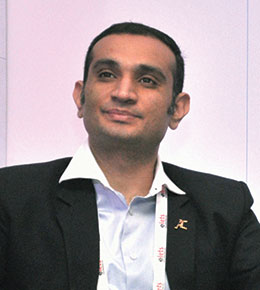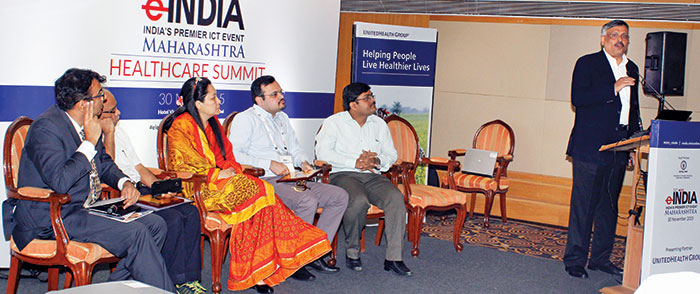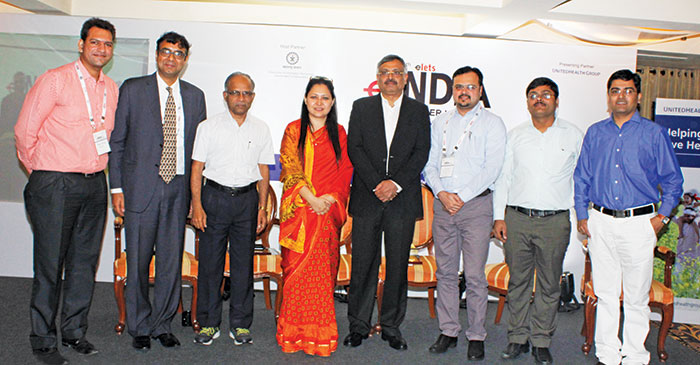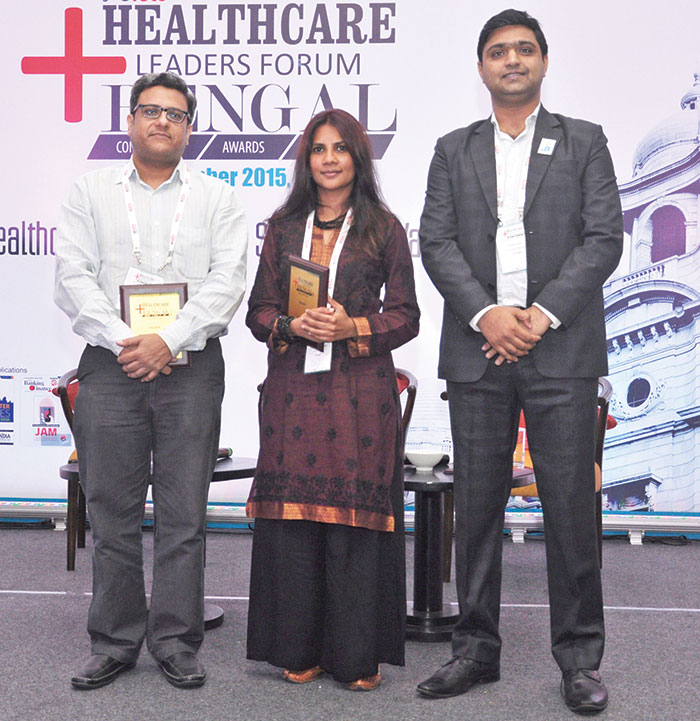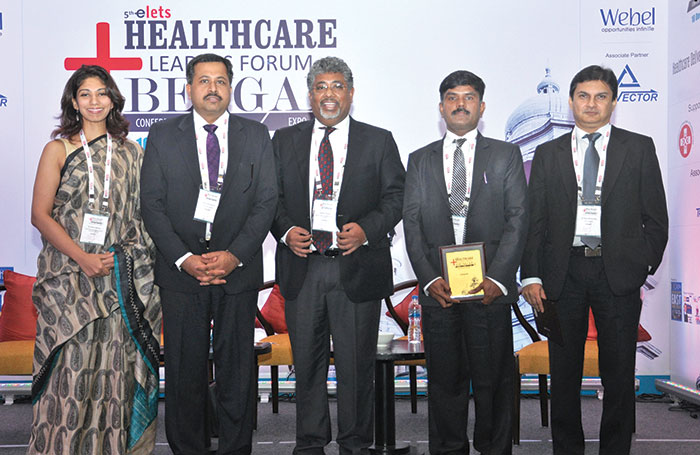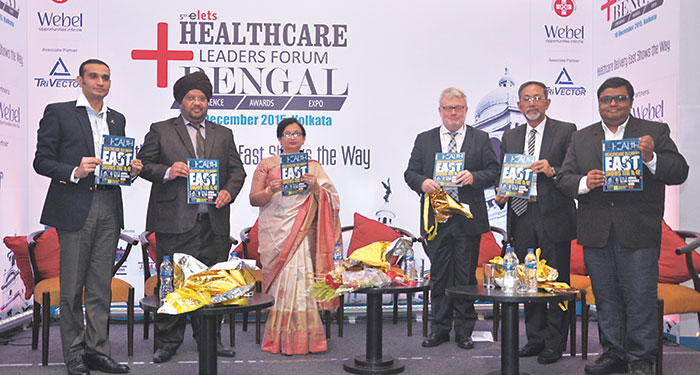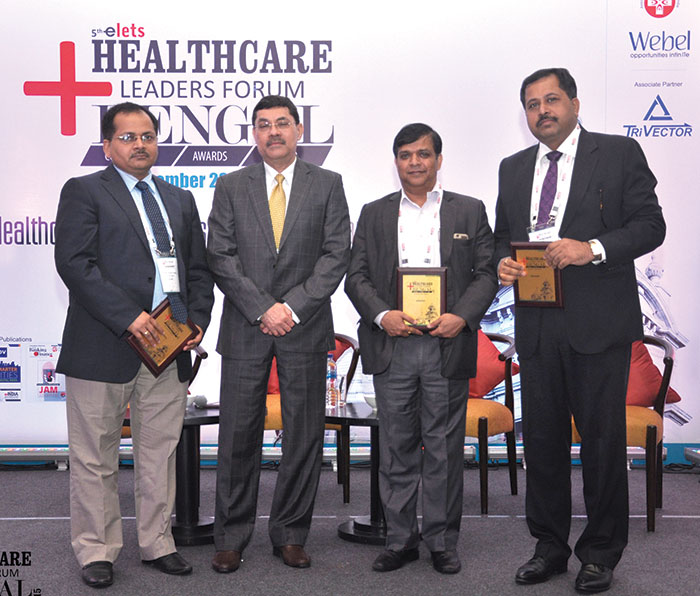
Keeping in line with the Government of Indias vision to make healthcare accessible and affordable to all, the second session at HLF 2015 saw the eastern region healthcare industry leaders discuss and showcase the challenges and the possible solutions ahead of this segment to attain the universal mission

Dilip Patil
Managing Director, Trivector Biomed LLP
We have been using many air filters, sterilizers and ironisors but they are all having inherent drawbacks of being expensive and requiring high maintenance. The top five causes of death in the world are hospital acquired infection causing more deaths than the road mishaps, breast cancer, AIDS and arms conflicts put together. In the USA, over a lakh people die every year due to healthcare associated infections (HAIs) which cost them additional 40 Billion USD annually. More bacteria are developing resistance to commonly used anti biotics which leads to consumption of higher number doses and adding to the expenses. Plasma has been used in medical field for sterilizing medical equipment but sterilizing the air using plasma without affecting the patients is the latest innovation which is being tried by medical institutes. It doesnt need any maintenance and eradicates up to 99.9 per cent of viruses, fungi, bacteria and odour. This high voltage low current plasma acts on the DNA of the pathogen and it disintegrates in the molecules of the air, leaving no residues.


Rupak Barua
CEO, AMRI Hospitals, Kolkata
Todays discussion is affordability and accessibility particularly in eastern Indian but it is not the question of only eastern India but it is a pan India thing. We are facing same kind of challenges across India. In one way Indian healthcare industry is rapidly progressing and is expected to reach to 280 Billion USD by 2020. In the 1980s there was an IT revolution but now in 2015 we are talking about healthcare revolution. Tremendous amount of work is going on in terms of development of the healthcare and in particular it has happened more post the year 2000 when globalization and insurance sector and we started inviting foreign players in the healthcare. It terms of growth of healthcare sector, there is a huge dearth of human resources and infrastructure.

Dr Ravi Shankar Singh
Zonal Director, Paras HMRI Hospital, Bihar
In Bihar we have 12 crore population and just three years back there was no organised comprehensive healthcare provider. We had individual small nursing homes but there was no major healthcare service provider. We set up a 350-bedded hospital and tried to make things available. We were targeting the patients going to Mumbai, Delhi and other metropolitan cities to avail medical treatment. We successfully brought good doctors and technology and now it is running efficiently. Two things hold extreme importance” accessibility and affordability. A few years back, private players were apparently apprehensive about the political situation but now this issue no longer prevails and now the players are interested to invest in Bihar.

Joy Chakraborty
COO, PD Hinduja Hospital, Mumbai
At some places in Maharashtra, both private and government setup are one of the best in the country. However in the remote villages the situation is yet to be improved. The new government which has taken over within a year has appointed around 2,000 doctors and 10,000 nurses with lucrative salaries. As a result private hospitals are losing their medical staff to the government setup. Then to make it affordable the government has launched Rajiv Gandhi scheme through which poor patients can avail completely free medical treatment because they are covered through insurance. To incentivize the healthcare provider the government has done grading of those hospitals. Most of us being a private operator, we are not completely out of the healthcare part. According to the Bombay High Court order came in 2006 every private/ trust hospital is bound to give free medical treatment to poor people to an extent of ten per cent completely free treatment and 50 per cent subsidised rate.

Be a part of Elets Collaborative Initiatives. Join Us for Upcoming Events and explore business opportunities. Like us on Facebook , connect with us on LinkedIn and follow us on Twitter , Instagram.




